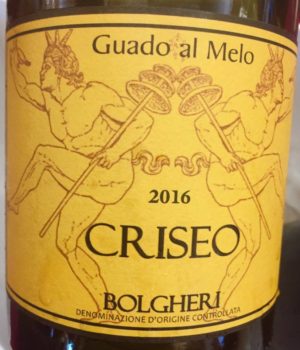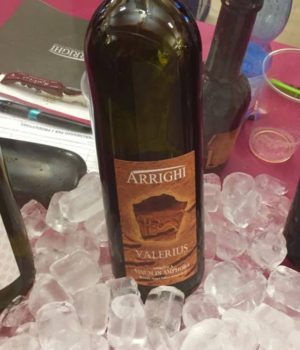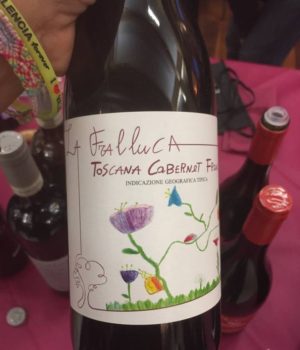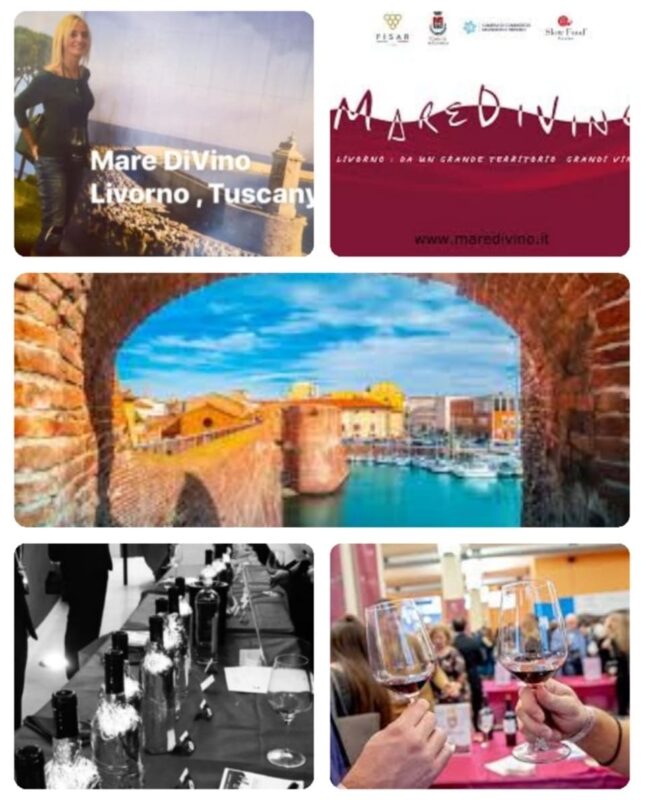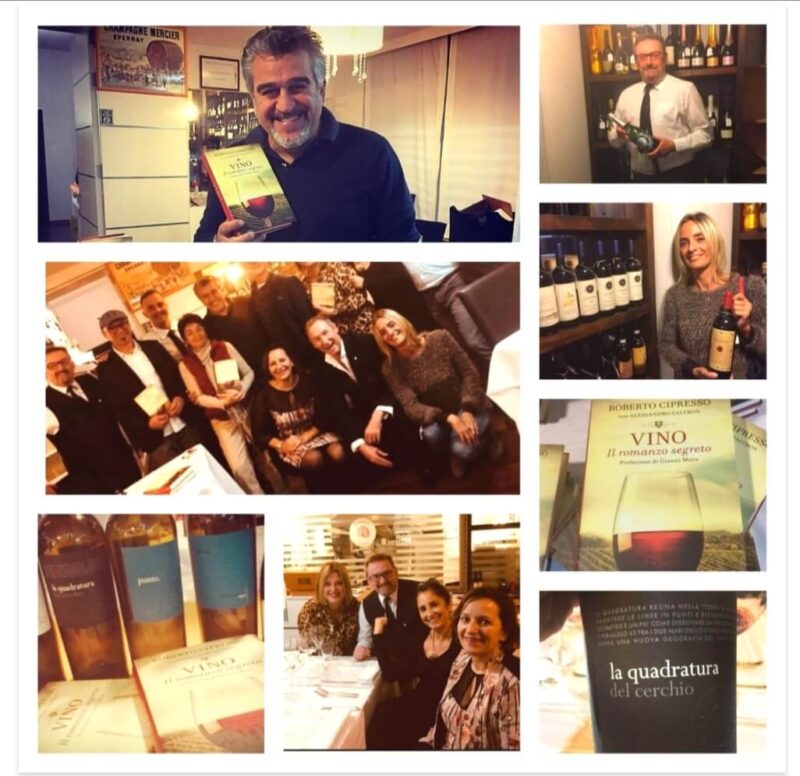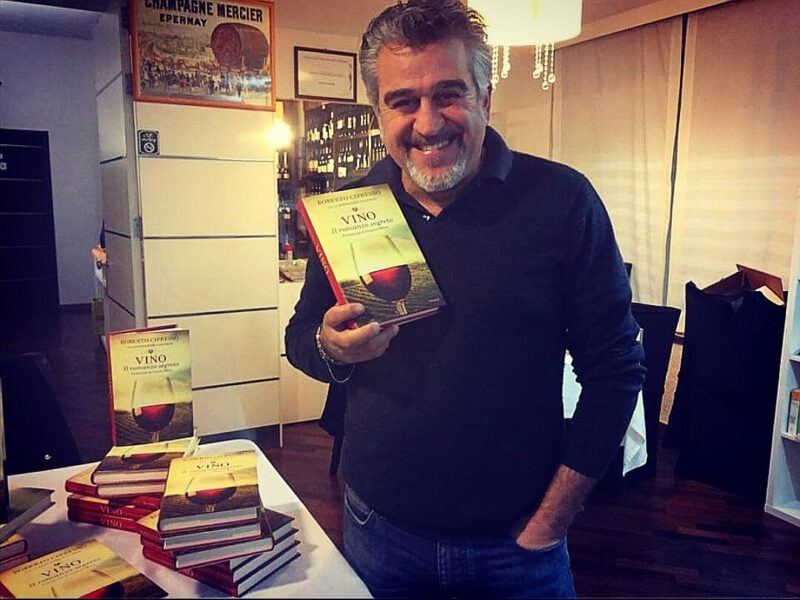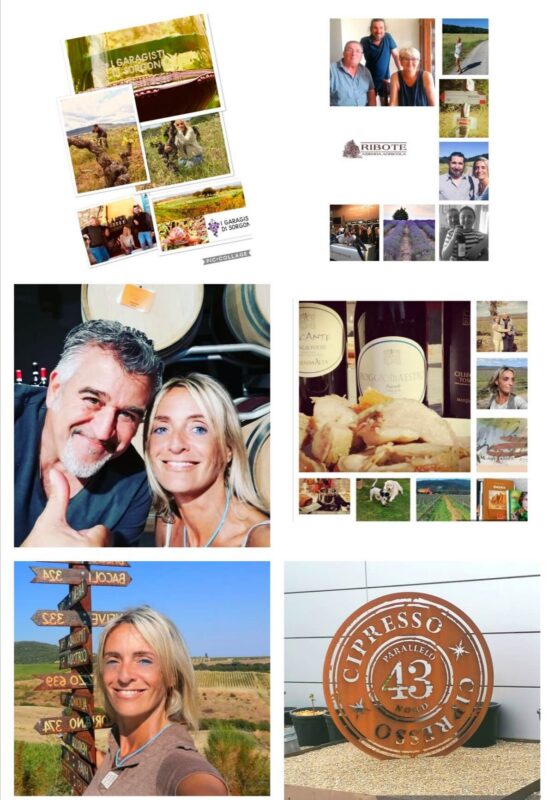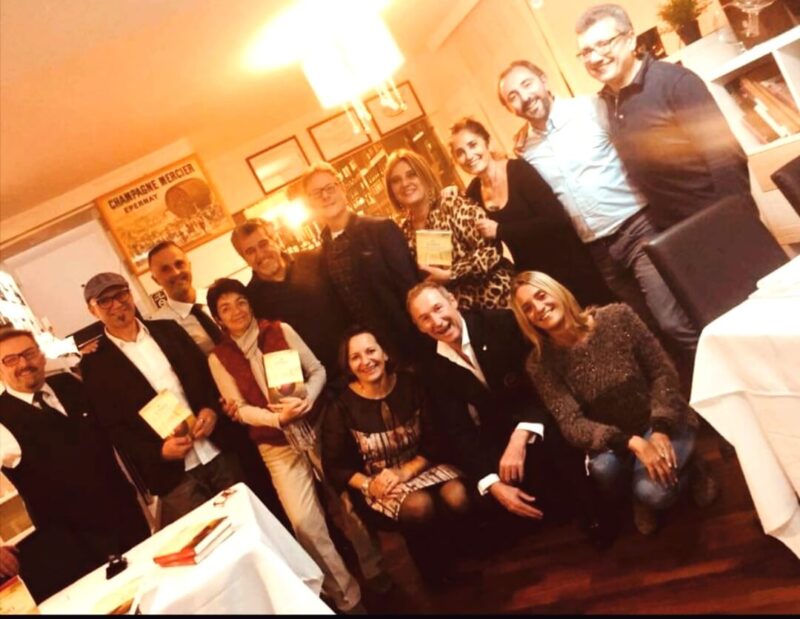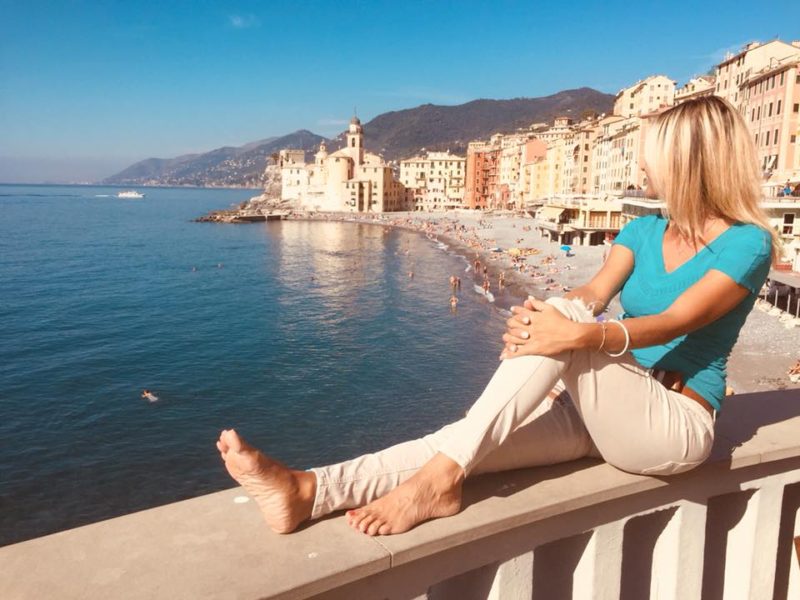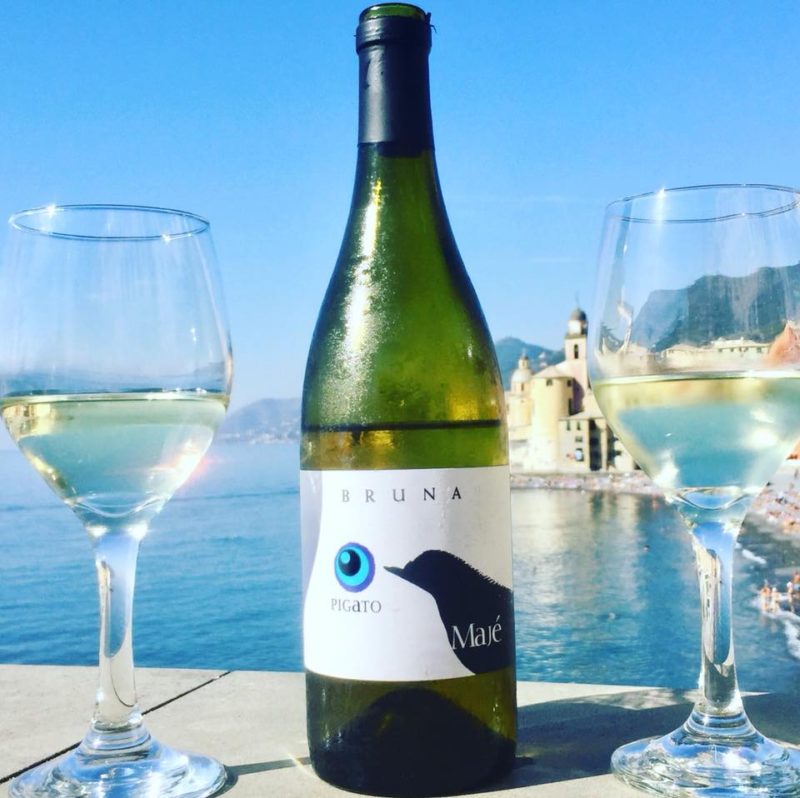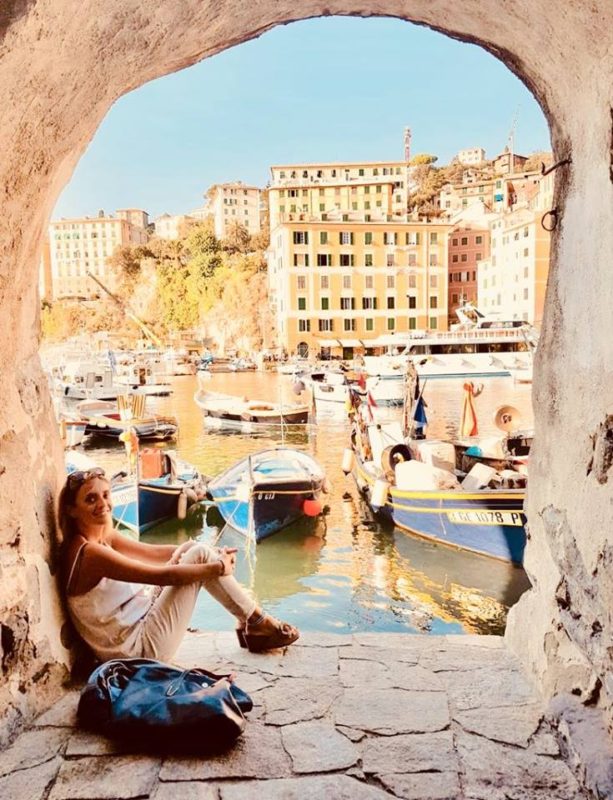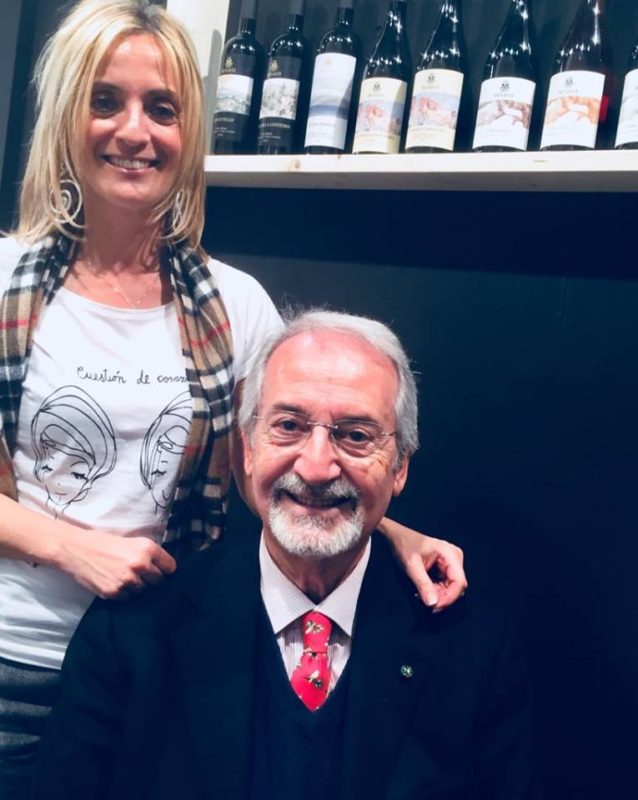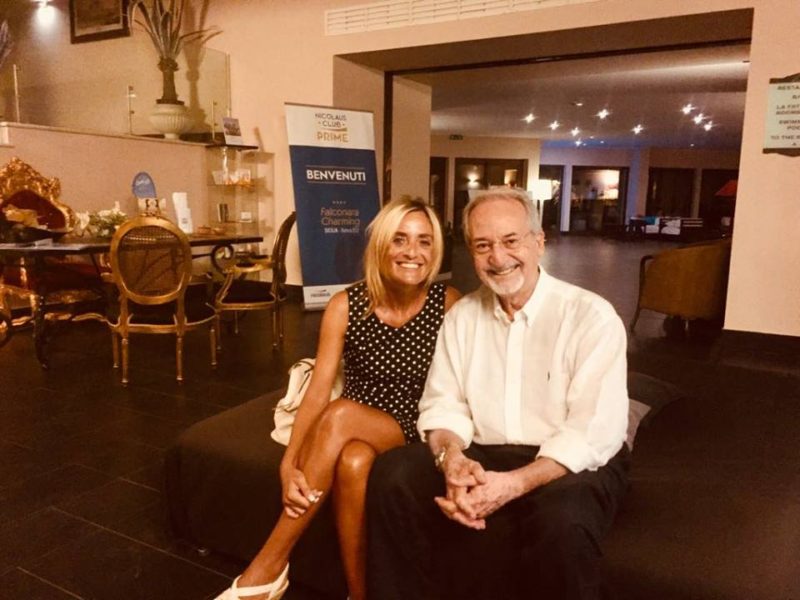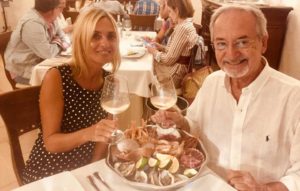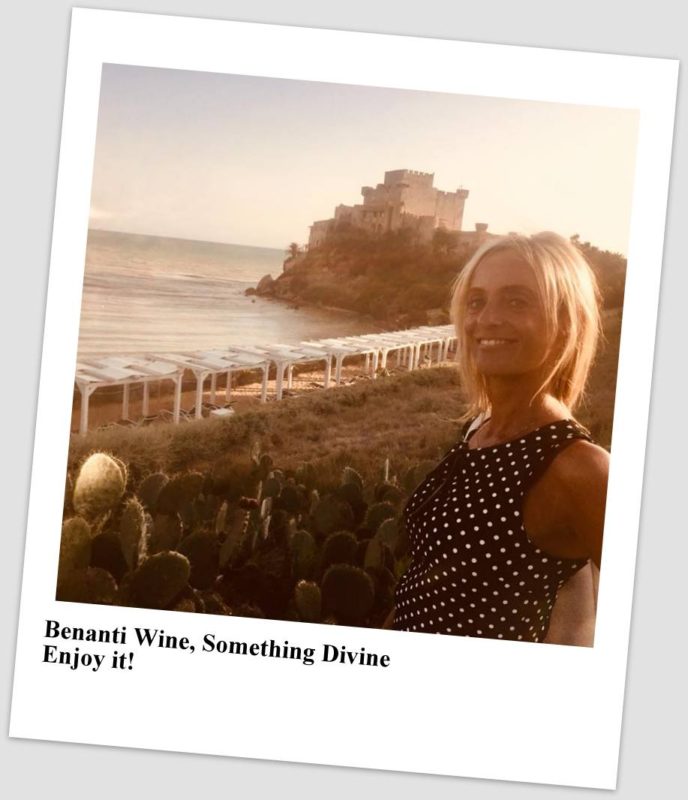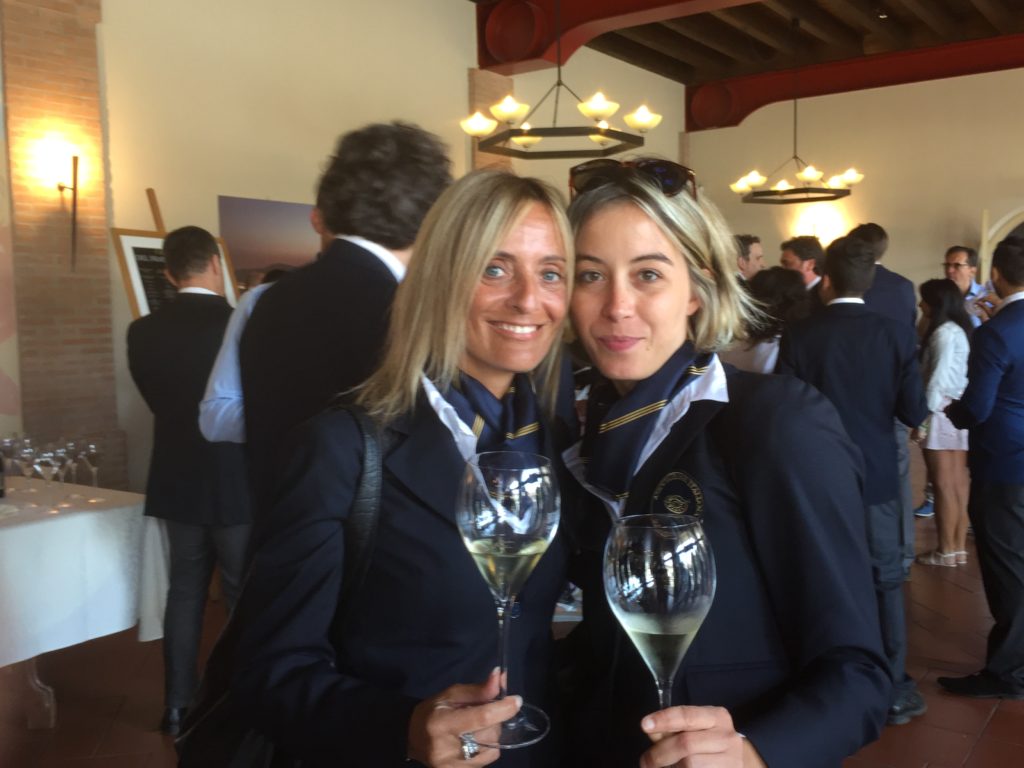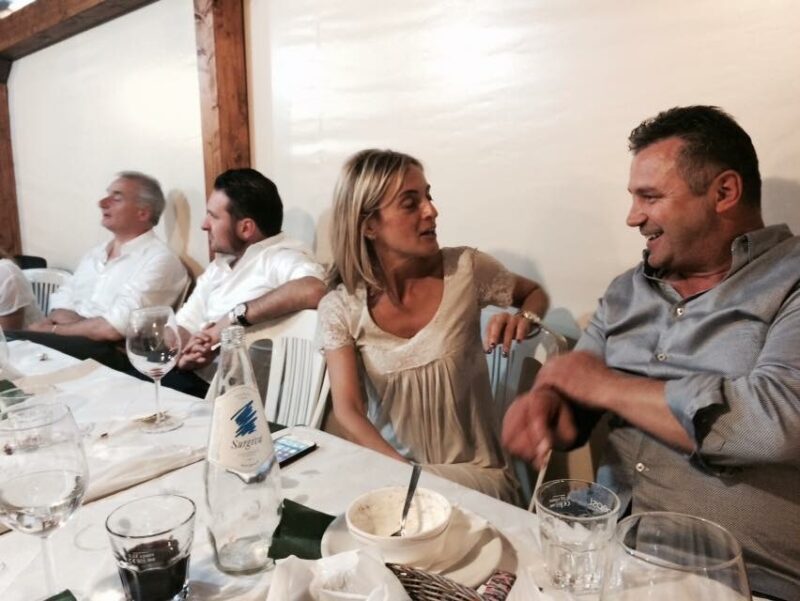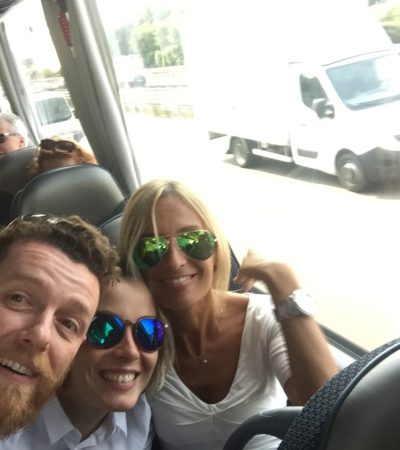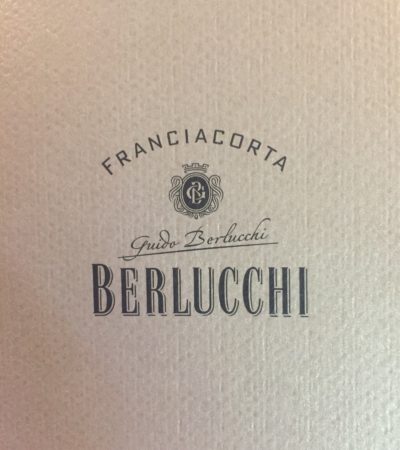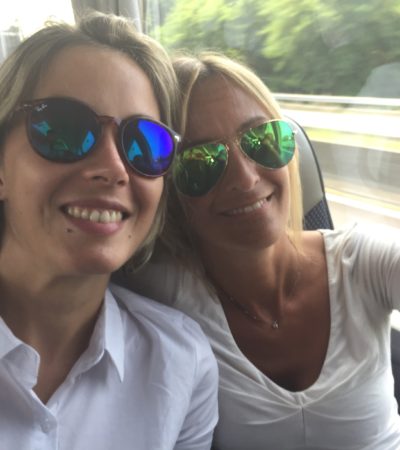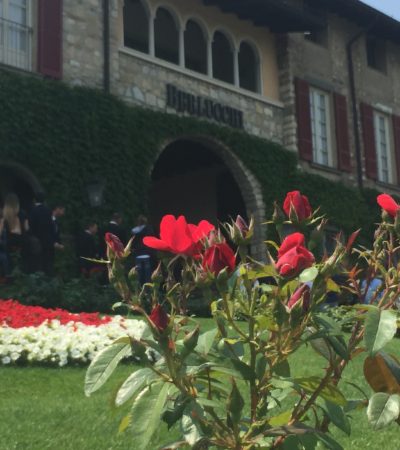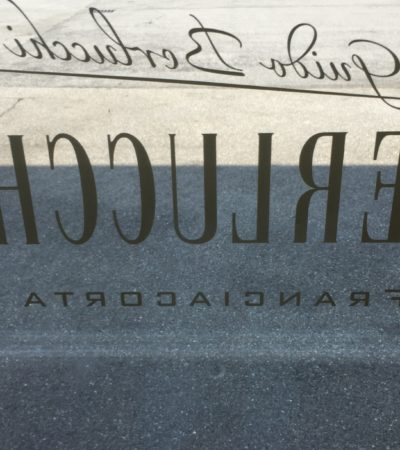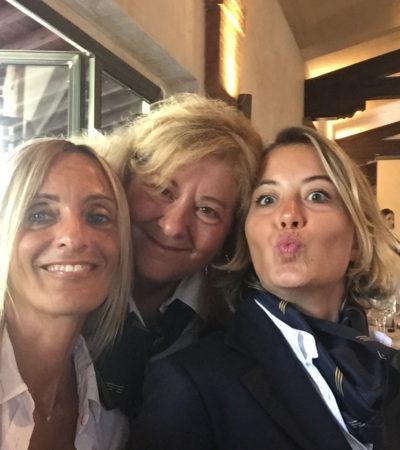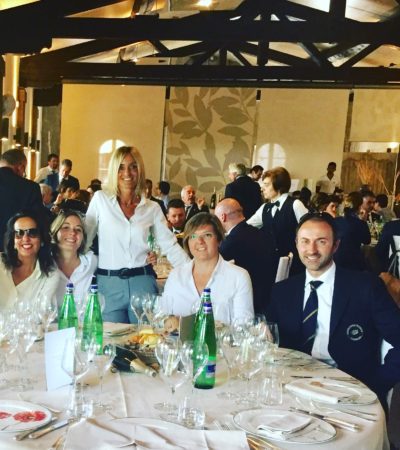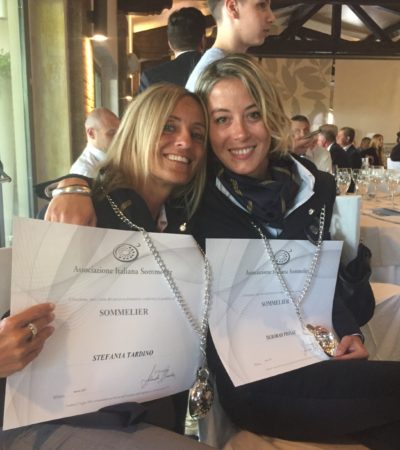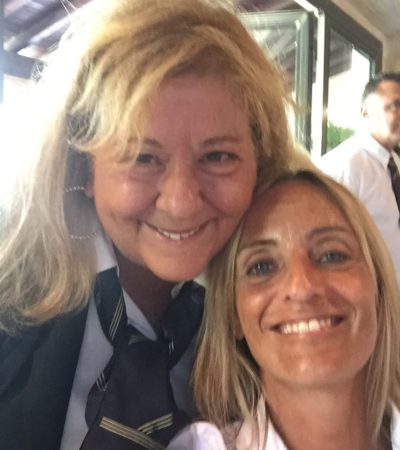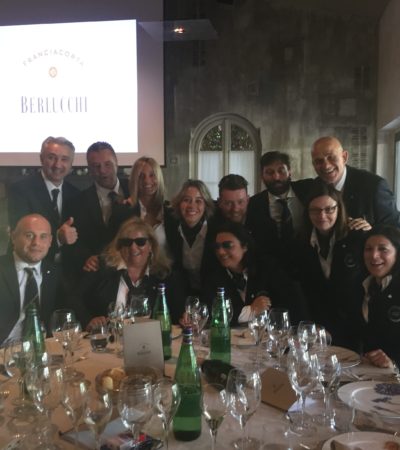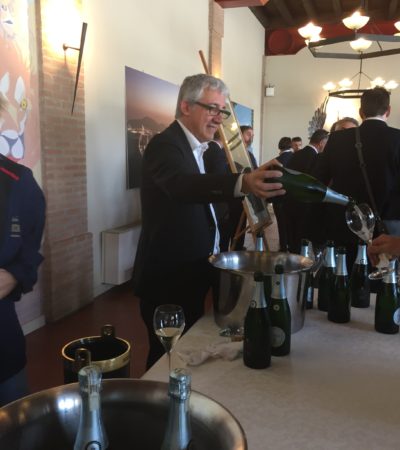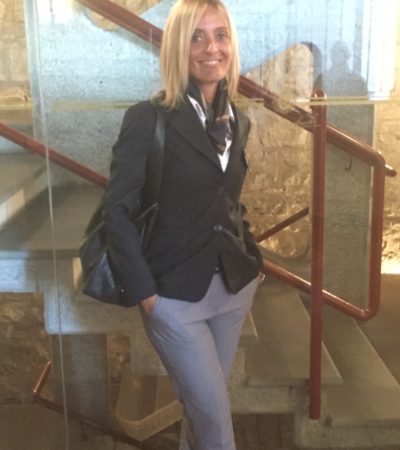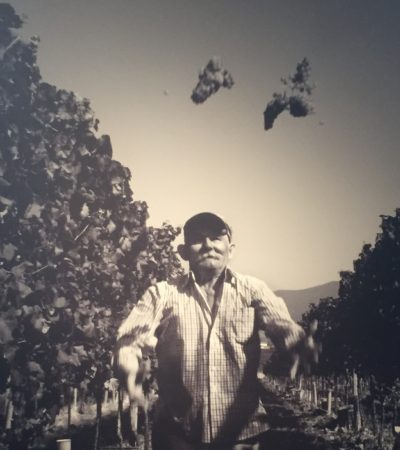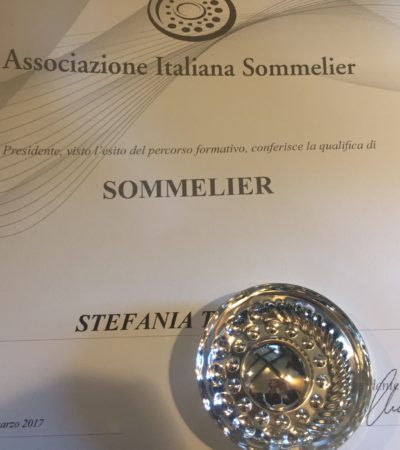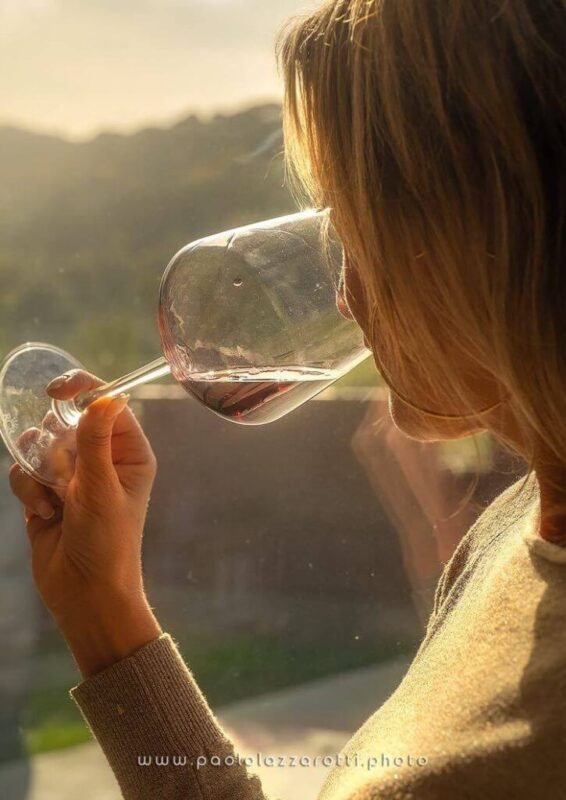“Mare Divino Livorno 2018 “
Sicuramete avrete sentito parlare di “Mare Divino Livorno 2018 ” , che è una bella e importante manifestazione sul vino. Si è svolta al “Terminal Crociere Piazzale dei Marmi di Livorno” ed è giunta alla sua X edizione. Organizzata dalla “Fisar di Livorno “ , si è trattato di un momento indimenticabile per degustare le eccellenze vinicole della Toscana.
In questo posto vi racconterò di cosa ho visto a “Mare Divino Livorno 2018 ” , e della aziende vitivinivole che mi hanno colpito di più. Venite con me e mettetevi comodi. Magari riesco a darvi uno spunto per andare in cantine di questa splendida regione che ancora non conosciete. Per cui via aspetta un lungo viaggio. Quello che vi porta da Bolgheri, alla Val di Cornia, da Montescudaio, Riparbella, e Bibbona fino all’ Isola d’Elba e Capraia .
“Mare Divino Livorno 2018 “, la Toscana in un bicchiere
Senza dubbio “Mare Divino Livorno 2018” è un anteprima delle meraviglie enoiche della Toscana. Per cui è un’occasione unica di conoscenza e promozione del territorio che si svolge sempre ogni anno e con grande successo dal 17 al 18 Novembre a Livorno. In due giornate sono stati presenti wine lovers & wine experts di ogni angolo d’Italia.
Ovviamente a “Mare Divino Livorno 2018” hanno anche partecipato molti altri imprenditori. La maggior parte di loro ha esposto prodotti numero uno del made in italy : olio, e diversi prodotti principe della gastronomia italiane . Un mercato a cielo aperto di salumi, salumi, miele, formaggi, farine, e tanto altro che provenivano anche da altre terre italiane. Un itinerario tra i sapori , la semplicità e la genuinità di tutto il nostro stivale.
Perchè la Toscana è celebre per il vino?
La Toscana ha una tradizione vinicola che affonda le radici ai temp degli Etruschi e che è stata portata avanti dai Romani fino al Medioevo. Salvo qualche momento di instabilità come quello del disastro della Fillossera, i suoi vini più celebri dal Chianti alla Vernacca di San Gimignao e quelli di Bolgheri hanno spopolato ovunque nel mondo. La ragione è da rivedere nella qualità di questi bianchi e rossi e nella politica dei winemaker di non rinunciare al vecchio sapere e di usare tutte le tecnlogie più moderne per assicurare l’alto valore dei loro prodotti.
Chiramanete il segreto del successo dei vin toscani sta nel terroir della stessa Toscana. La sua conformazione territoriale è carraterizzata principalmente su morbide colline che coprono il 67% della regione stessa. Il clima è solitamente mite sulla costa, contraddistinto da estati calde e secche, mitigate dai venti provenienti dal mare e da inverni non troppo rigidi, solitamente piovosi. Il terreno è calcareo-argilloso, cosa che conferisci ai vini una buona struttura, acidità e sapidità ben bilanciate.
Le migliori cantine toscane presenti a “Mare Divino Livorno 2018 “
Elenco qui di seguito le cantine toscane che mi hanno colpito in modo particolare a “Mare Divino Livorno 2018” :
- “Guado al Melo, Bolgheri”: con il loro bianco “Criseo”;
- “Arrighi, Elba”: con il loro “V.I.P. IGT” , un Viognier al 100% che invecchia in botte di rovere di secondo passaggio;
- “Pakravan-Papi, Pisa”: un’azienda apprezzatissima a Riparbella che si è messa in gioco con la creazione di un bianco inimitabile. Cioè il bianco “Ribellante”. Un blend di Malvasia Toscana, Malvasia di Candia, Riesling e Chardonnay;
- “Michele Satta, Bolgheri”: con il loro “Costa di Giulia” hanno fatto furore. Questo è un Vermentino in purezza con aggiunta di Sauvignon Blanche. Lo stesso che nel 2014 ha fatto innamorare Michele Obama, in occasione del suo compleanno al “Milano Cafe “, noto ristorante italiano a Washington;
- “La Fralluca, Suvereto”: con il loro Caberent 100% in purezza;
- “La Regola, Riparbella” : con il loro “Lauro “.
Un assaggio di rossi alla cieca!
Che grande esempio di promozione enoica che è stata “Mare Divino Livorno 2018” . Ho assisitito alla presenza di ben oltre 60 aziende . I vini in assaggio sono stati 300 che hanno stimolato i pakati e la curiosità di appasionati ed esperti. Oktre tutto c’è satta anche una novità molto interessante. Mi sto riferendo a quella del concorso chiamato “Rosso Buono Per Tutti”.
Cosa è “Rosso Buono Per Tutti”? Un assaggio alla cieca dei vini rossi più graditi alla fiera. Ogni partecipante ha assaggiato i rossi selezionati al proposito , circa più di 10 in concorso. Poi ha annotato nella scheda numerata le sue analisi e il suo voto. Alla fine c’è stato un vincitore tra quelli che si è avvicinato più di tutti con le sue note divine al rosso più importante di “Mare Divino Livorno 2018”
Livorno a presto!
In conclusione posso davvero drivi che ho trovato “Mare Divino Livorno 2018” una grande iniziativa. Questo perché ha coivolto un grande publico e ha fatto stupire chiunque ci abbia messo piede. Un evento organizzato in ogni minimo dettaglio, che ga regalato emozioni e messo siprattutto in contatto molti addetti del settore.
Che dire “Mare Divino Livorno 2018” è stato anche un modo per farmi scoprire anche Livorno. Una cittadina di mare che è molto diversa da tante altre in Toscana. Il suo è uno spirito davvero mediterraneo e marinaro con una storia alle spalle esemplare e particolarissima. Diciamo che nella città labronica non ho potuto fare a meno di fare una tappa ai suoi mitici ristoranti. Ho scelto quello della “Vecchia Ciurma” , per assaporare le mie delizie di mare preferite. Quali ? Le crudità di mare e il famoso “cacciucco”. Questa kermesse sul vino è stata un appuntamento che non potevo perdere e non mancherò neppure il prossimo anno!
Per altre info utili cliccare qui
If you like my post, please subscribe to the socials of www.WeLoveitaly.eu :


